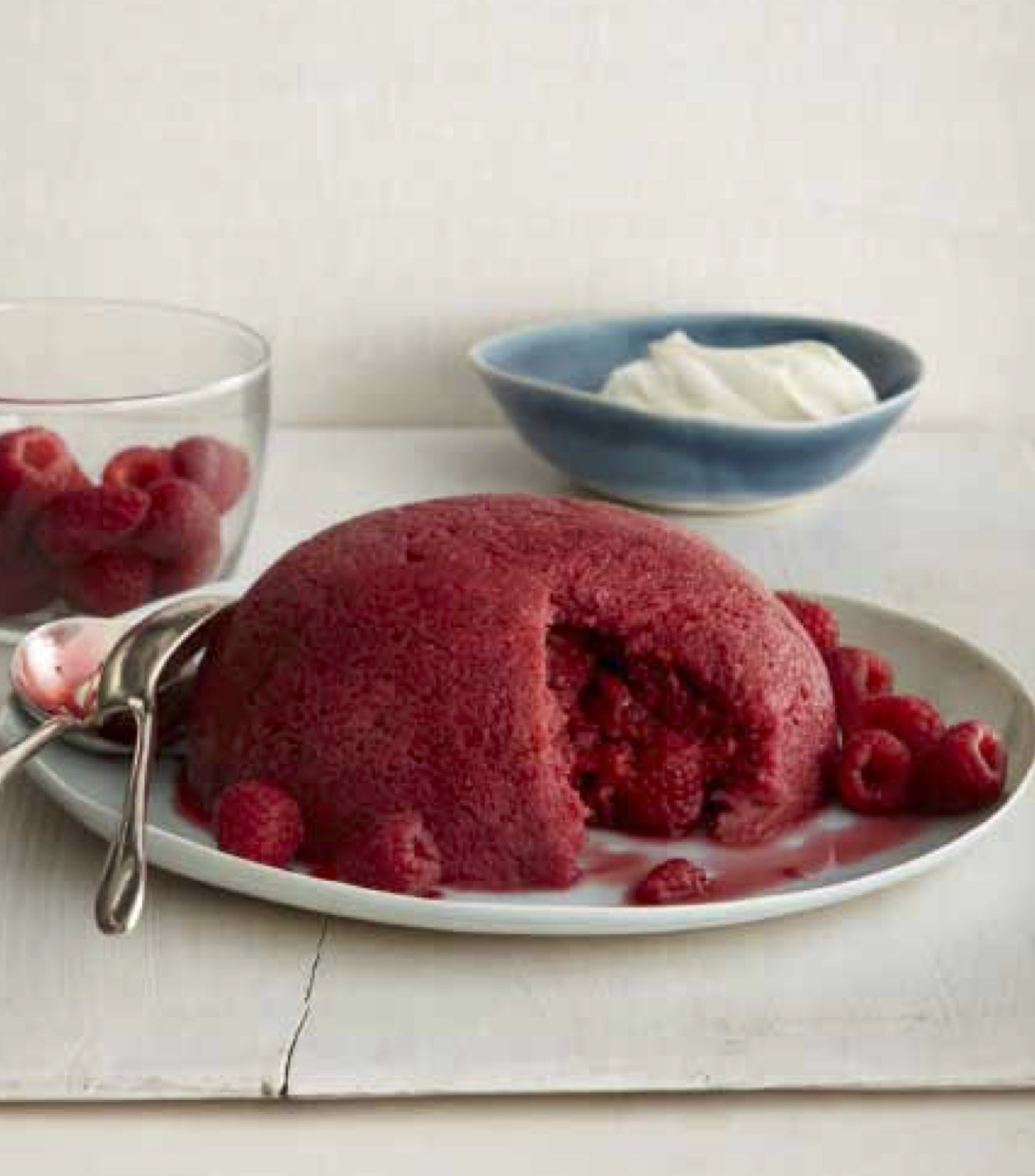Pane Sciocco
This week, Florentines celebrate the feast day of San Lorenzo, the patron saint of cooks. The tradition of preparing salt-free bread in Tuscany doubtless developed at a time when there was an acute shortage of salt, after which people became accustomed to the bland flavor of pane sciocco (SHOW-ko). It’s amusing that sciocco also means foolish or “good for nothing” in Italian.
Mozzarella In Carrozza (Mozzarella “In a Carriage”)
This is a fun first course when served with a tomato salad, but it can also stand as a quick light meal on its own when there’s nothing else available but a piece of bread, some mozzarella, and a few eggs. There are countless variations on this recipe, some including a bit of anchovy along with the mozzarella, but this simple version is the best.
Pa Amb Tomàquet - Catalan Grilled Bread Rubbed with Tomato
Food is central in Catalan life. Tapas bars and casual cafés serve pa amb tomàquet (bread with tomato) already assembled, but some restaurants merely deliver the components to the table: a piece of chewy bread grilled over a wood fire, a perfectly ripe tomato, fine salt, and local extra-virgin olive oil. Such a simple combination depends entirely on the quality of the ingredients—they have to be perfect. The instructions here are adapted from one of my favorite cookbooks, Paula Wolfert’s World of Food, with her permission. This is the perfect appetizer for a casual late summer meal. Eat with a knife and fork!
Deli Rye Bread aka Jewish Rye Bread
This is the rye bread that you’ll get when you order a sandwich at a kosher deli—it’s flavorful, slightly chewy, and a perfect complement to corned beef, pastrami, and other deli specialties, such as chopped liver. Rye flour accounts for only about 20% of the total flour in the dough, but in a higher concentration the bread would lose its characteristic texture. The dough is flavored with ground caraway and may also have whole caraway seeds added either to the dough or to the outside of the loaf. I wouldn’t do both. Thanks to my friend Tim Healea of little t american baker in Portland, Oregon, and Maggie Glezer, author of A Blessing of Bread (Artisan, 2004), for sharing their recipes.
Pa Amb Tomàquet - Catalan Grilled Bread Rubbed with Tomato
Food is central in Catalan life. Tapas bars and casual cafés serve pa amb tomàquet (bread with tomato) already assembled, but some restaurants merely deliver the components to the table: a piece of chewy bread grilled over a wood fire, a perfectly ripe tomato, fine salt, and local extra-virgin olive oil. Such a simple combination depends entirely on the quality of the ingredients—they have to be perfect. The instructions here are adapted from one of my favorite cookbooks, Paula Wolfert’s World of Food, with her permission. This is the perfect appetizer for a casual late summer meal. Eat with a knife and fork!
Mozzarella In Carrozza (Mozzarella “In a Carriage”)
This is a fun first course when served with a tomato salad, but it can also stand as a quick light meal on its own when there’s nothing else available but a piece of bread, some mozzarella, and a few eggs. There are countless variations on this recipe, some including a bit of anchovy along with the mozzarella, but this simple version is the best.
Olive Bread from Nice
Olives are a natural complement to bread, especially when they’re baked inside it. Be sure to buy firm unpitted olives for this—pitted olives tend to be softer, and though buying them that way may save you time, the olives will easily disintegrate and add extra moisture to the dough.
Marbled Chocolate Brioche Loaf
I love swirls of chocolate threading though any kind of a plain cake. This marbled brioche is fairly straightforward to prepare since you mix everything in the food processor. Marbling the plain and chocolate doughs together requires a little patience, but the reward is a beautiful loaf with an alluringly different flavor achieved by adding grated lemon zest and rum to the dough.
Barmbrack
A real barmbrack is an enriched and sweetened bread. It has some butter and sugar added along with raisins and candied peel. It’s perfect as a breakfast or brunch bread, since it’s neither too rich nor too sweet, and it certainly deserves the nickname I gave it long ago: the panettone of Ireland.
Pane Sciocco - Salt-Free Tuscan Bread
This week, Florentines celebrate the feast day of San Lorenzo, the patron saint of cooks. The tradition of preparing salt-free bread in Tuscany doubtless developed at a time when there was an acute shortage of salt, after which people became accustomed to the bland flavor of pane sciocco (SHOW-ko). It’s amusing that sciocco also means foolish or “good for nothing” in Italian.
